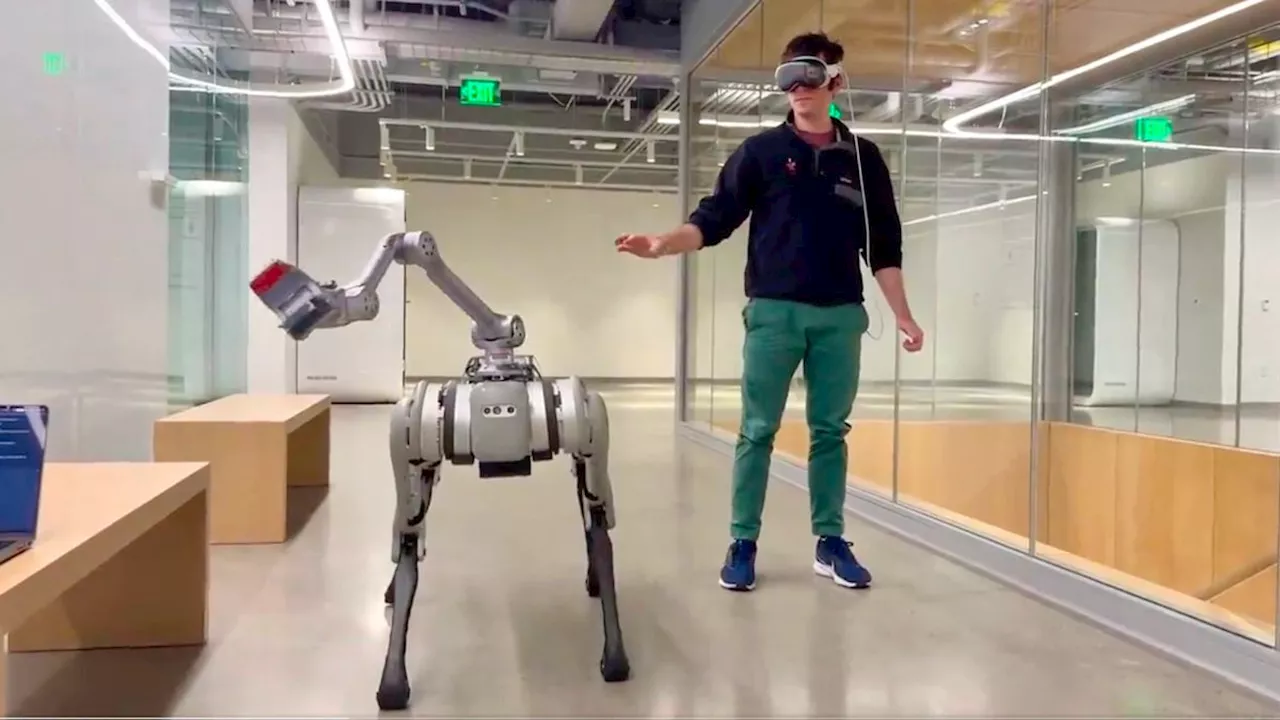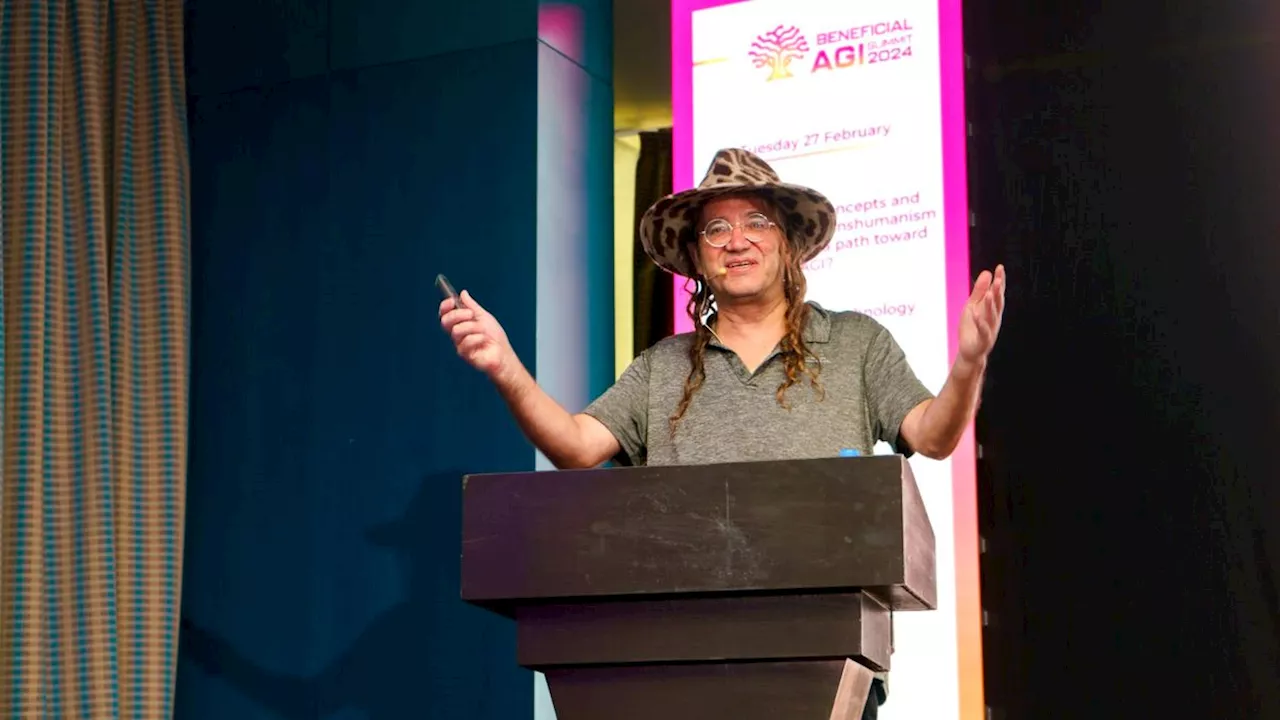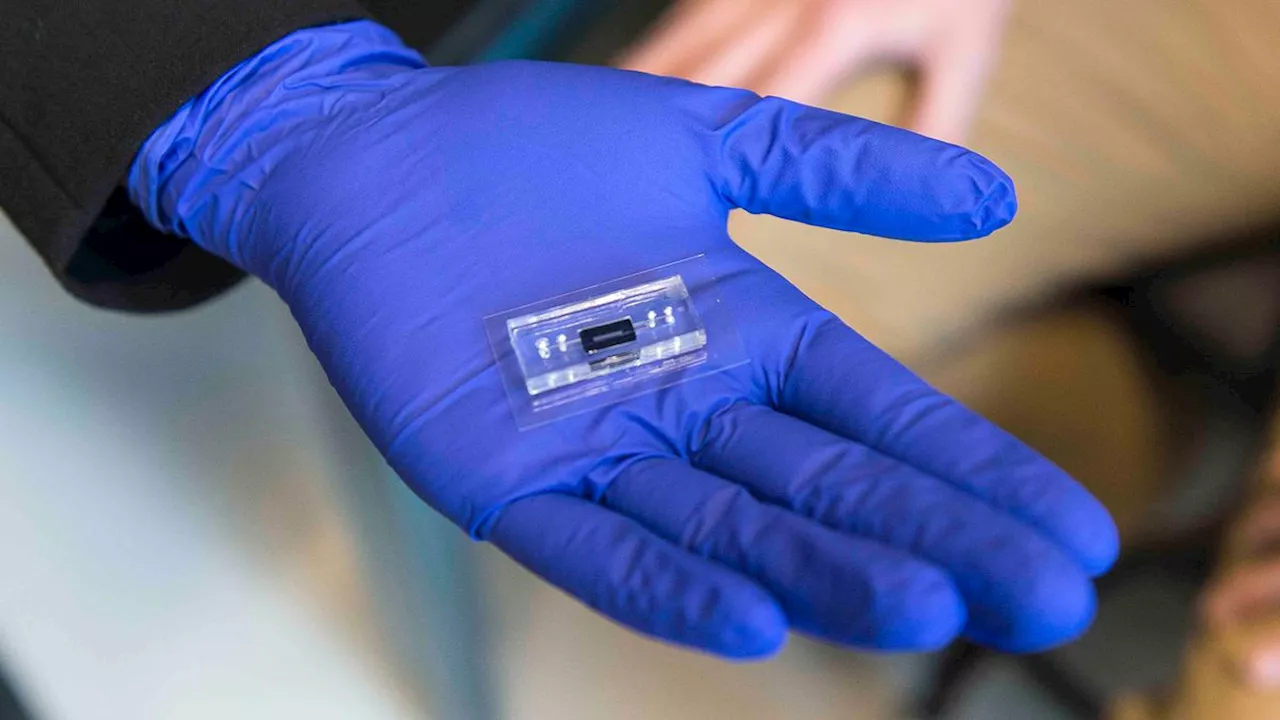Keumars is the technology editor at Live Science. He has written for a variety of publications including ITPro, The Week Digital, ComputerActive, The Independent, The Observer, Metro and TechRadar Pro. He has worked as a technology journalist for more than five years, having previously held the role of features editor with ITPro.
Popular artificial intelligence powered image generators can run up to 30 times faster thanks to a technique that condenses an entire 100-stage process into one step, new research shows.
"Our work is a novel method that accelerates current diffusion models such as Stable Diffusion and DALLE-3 by 30 times," study co-lead author Tianwei Yin, a doctoral student in electrical engineering and computer science at MIT, said in a statement."This advancement not only significantly reduces computational time but also retains, if not surpasses, the quality of the generated visual content.
In practice, these models work by taking a random image and encoding it with a field of random noise so it is destroyed, explained AI scientist Jay Alammar in a blog post. This is called"forward diffusion," and is a key step in the training process. Next, the image undergoes up to 100 steps to clear up the noise, known as"reverse diffusion" to produce a clear image based on the text prompt.
—AI singularity may come in 2027 with artificial 'super intelligence' sooner than we think, says top scientist
Singapore Latest News, Singapore Headlines
Similar News:You can also read news stories similar to this one that we have collected from other news sources.
 Best laptops for astronomers 2024: Link up telescopes and edit astrophotographsKeumars is the technology editor at sister site Live Science. He has written for a variety of publications including ITPro, The Week Digital, ComputerActive and TechRadar Pro. He has worked as a technology journalist for more than five years, having previously held the role of features editor with ITPro.
Best laptops for astronomers 2024: Link up telescopes and edit astrophotographsKeumars is the technology editor at sister site Live Science. He has written for a variety of publications including ITPro, The Week Digital, ComputerActive and TechRadar Pro. He has worked as a technology journalist for more than five years, having previously held the role of features editor with ITPro.
Read more »
 World's largest computer chip WSE-3 will power massive AI supercomputer 8 times faster than the current record-holderKeumars is the technology editor at Live Science. He has written for a variety of publications including ITPro, The Week Digital, ComputerActive, The Independent, The Observer, Metro and TechRadar Pro. He has worked as a technology journalist for more than five years, having previously held the role of features editor with ITPro.
World's largest computer chip WSE-3 will power massive AI supercomputer 8 times faster than the current record-holderKeumars is the technology editor at Live Science. He has written for a variety of publications including ITPro, The Week Digital, ComputerActive, The Independent, The Observer, Metro and TechRadar Pro. He has worked as a technology journalist for more than five years, having previously held the role of features editor with ITPro.
Read more »
 Watch a 'robot dog' scramble through a basic parkour course with the help of AIKeumars is the technology editor at Live Science. He has written for a variety of publications including ITPro, The Week Digital, ComputerActive, The Independent, The Observer, Metro and TechRadar Pro. He has worked as a technology journalist for more than five years, having previously held the role of features editor with ITPro.
Watch a 'robot dog' scramble through a basic parkour course with the help of AIKeumars is the technology editor at Live Science. He has written for a variety of publications including ITPro, The Week Digital, ComputerActive, The Independent, The Observer, Metro and TechRadar Pro. He has worked as a technology journalist for more than five years, having previously held the role of features editor with ITPro.
Read more »
 Watch scientists control a robot with their hands while wearing the Apple Vision ProKeumars is the technology editor at Live Science. He has written for a variety of publications including ITPro, The Week Digital, ComputerActive, The Independent, The Observer, Metro and TechRadar Pro. He has worked as a technology journalist for more than five years, having previously held the role of features editor with ITPro.
Watch scientists control a robot with their hands while wearing the Apple Vision ProKeumars is the technology editor at Live Science. He has written for a variety of publications including ITPro, The Week Digital, ComputerActive, The Independent, The Observer, Metro and TechRadar Pro. He has worked as a technology journalist for more than five years, having previously held the role of features editor with ITPro.
Read more »
 AI singularity may come in 2027 with artificial 'super intelligence' sooner than we think, says top scientistKeumars is the technology editor at Live Science. He has written for a variety of publications including ITPro, The Week Digital, ComputerActive, The Independent, The Observer, Metro and TechRadar Pro. He has worked as a technology journalist for more than five years, having previously held the role of features editor with ITPro.
AI singularity may come in 2027 with artificial 'super intelligence' sooner than we think, says top scientistKeumars is the technology editor at Live Science. He has written for a variety of publications including ITPro, The Week Digital, ComputerActive, The Independent, The Observer, Metro and TechRadar Pro. He has worked as a technology journalist for more than five years, having previously held the role of features editor with ITPro.
Read more »
 New DNA-infused computer chip can perform calculations and make future AI models far more efficientKeumars is the technology editor at Live Science. He has written for a variety of publications including ITPro, The Week Digital, ComputerActive, The Independent, The Observer, Metro and TechRadar Pro. He has worked as a technology journalist for more than five years, having previously held the role of features editor with ITPro.
New DNA-infused computer chip can perform calculations and make future AI models far more efficientKeumars is the technology editor at Live Science. He has written for a variety of publications including ITPro, The Week Digital, ComputerActive, The Independent, The Observer, Metro and TechRadar Pro. He has worked as a technology journalist for more than five years, having previously held the role of features editor with ITPro.
Read more »
